MERE IMMORTALS
The worst journey in the world
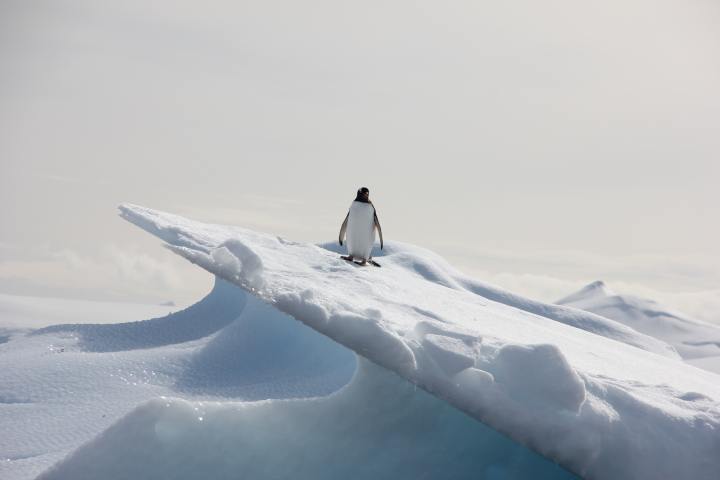
Many crazy journeys have been made in pursuit of science. None equal the sheer madness of the one taken to Cape Crozier in the middle of a dark Antarctic winter.
One hundred years ago, three men went in search of an egg in the name of science. The conditions were horrendous, the men nearly died, the outcome was apparently of no use to science and the whole crazy affair was largely forgotten.
This story is about redemption.
On 27 June 1911, just after mid-winter, Edward Wilson, ‘Birdie’ Bowers and Apsley Cherry-Garrard pushed out of their hut at Cape Evans into the eternal night of Antarctica, dragging two heavy sleds piled with supplies. Their goal was the emperor penguin rookery at Cape Crozier, 107 kilometres away, in pitch darkness, across some of the most nightmarish terrain in the world. Nobody before them had dared to travel in the winter blizzards of Antarctica.

‘Before setting out”
This was a journey for science. It was thought that the embryos of emperor penguins, creatures only recently discovered, might indicate a reptilian origin of birds.
The temperature was -44° Celsius. By the time the egg party camped that ‘night’ it was -49°, and three days later had dropped to a mind-numbing -77°. At those temperatures trekking became bizarre. Their clothes froze until not even two men could bend them into the required shape.
- Cherry-Garrard
- Cherry-Garrard
“Once outside,” wrote Cherry-Garrard, “I raised my head to look round and found I could not move it back. My clothing had frozen hard as I stood – perhaps for 15 seconds. For four hours I had to pull with my head stuck up. From that time we all took care to bend down into a pulling position before being frozen in.”
Their sleeping bags turned to ice around them as they slept, and getting in or out took hours, thawing them bit by bit over the Primus stove. “The day’s march,” recalled Cherry-Garrard, “was bliss compared to the night’s rest and both were awful.”
They steered by Jupiter, which provided just enough light to avoid some crevasses – but not all. Often they fell in. “The ice bridge gave way and down I went,” he wrote of one such incident. “Fortunately our sledge harness is made with a view to resisting this sort of thing and there I hung with the bottomless pit below and the ice-crusted sides alongside.” He was hauled out and they continued.
When they reached Cape Crozier they had to abseil down an ice cliff to get to the penguins. They gathered five eggs from the outraged birds, but two broke on the way back up. While huddled in a hastily erected igloo at the foot of Mount Terror, a hurricane carried away their tent and they lay for days without food as snow piled on top of them.
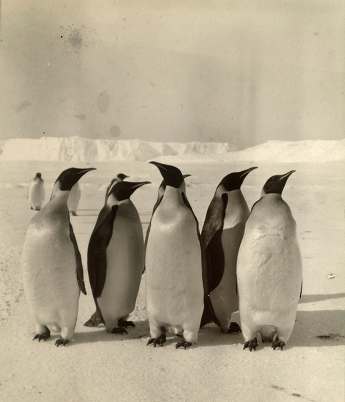
Penguins at Cape Crozier
“I have never heard or felt or seen a wind like this,” wrote Cherry-Garrard. “I wondered why it did not carry away the Earth.” They sang songs and told jokes. They drank snow. When the wind abated, they found the tent – a miracle indeed in that terrain and a death warrant had they not.
Their fuel supply – and therefore their ability to cook and get warm – was running out on the way back. It was a race against time by three men too weary to do more than plod in hope. But finally they made it and stopped, staring at the door of the Cape Evans hut. It opened and someone shouted: “Good God! Here’s the Crozier party.”
Edward Wilson and Birdie Bowers were selected to accompany Robert Falcon Scott on his expedition to the Pole and died with him on the return journey. Cherry-Garrard returned to England in 1913 and brought the three surviving eggs to the Natural History Museum. His reception wasn’t what he expected:
“Who are you?” a curator demanded. “What do you want? This ain’t an egg shop. Do you want me to put the police on to you?”
When he finally got through to the chief custodian, the eggs were received, but Cherry-Garrard had to wait half the day for a receipt. When Captain Scott’s wife later went to see the eggs, a curator denied they existed.

Emperor penguin’s egg
They were ultimately found, but were put aside and studied only 20 years later – and declared to be of little scientific interest.
But here’s the redemption bit. Recent research has established that birds are the descendants of dinosaurs and, therefore, probably do indeed have reptilian origins. And at the Natural History Museum, in an exhibition commemorating Scott’s journey to the South Pole, one of the eggs was on display in memory of the worst journey in the world – the title of Cherry-Garrard’s book about the expedition. The final paragraphs of that book are one of the most lyrical invocations to adventure ever written – and possibly the true discovery of the Crozier egg party:
‘And I tell you, if you have the desire for knowledge and the power to give it physical expression, go out and explore. If you are a brave man you will do nothing; if you are fearful you may do much, for none but cowards have need to prove their bravery.
“Some will tell you that you are mad, and nearly all will say, ‘What is the use?’ For we are a nation of shopkeepers, and no shopkeeper will look at research which does not promise him a financial return within a year.
“And so you will sledge nearly alone, but those with whom you sledge will not be shopkeepers: that is worth a good deal. If you march your Winter Journeys you will have your reward, so long as all you want is a penguin’s egg.” DM/ML

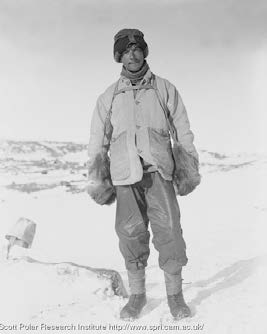
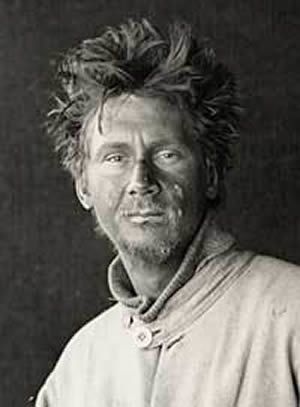
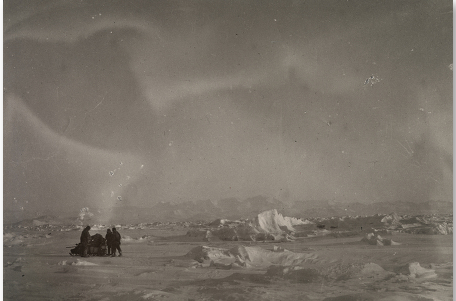

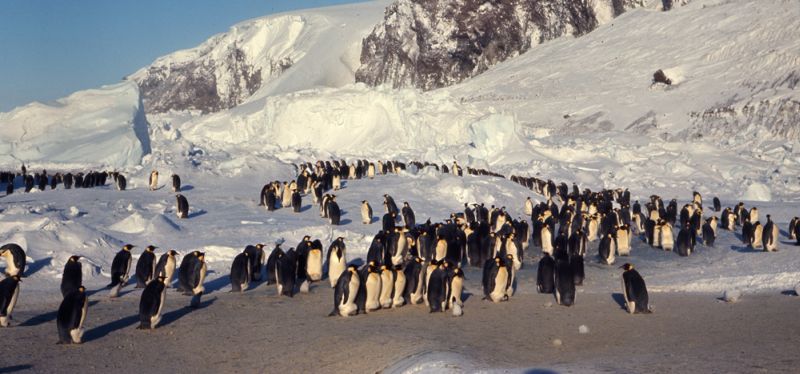















 Become an Insider
Become an Insider